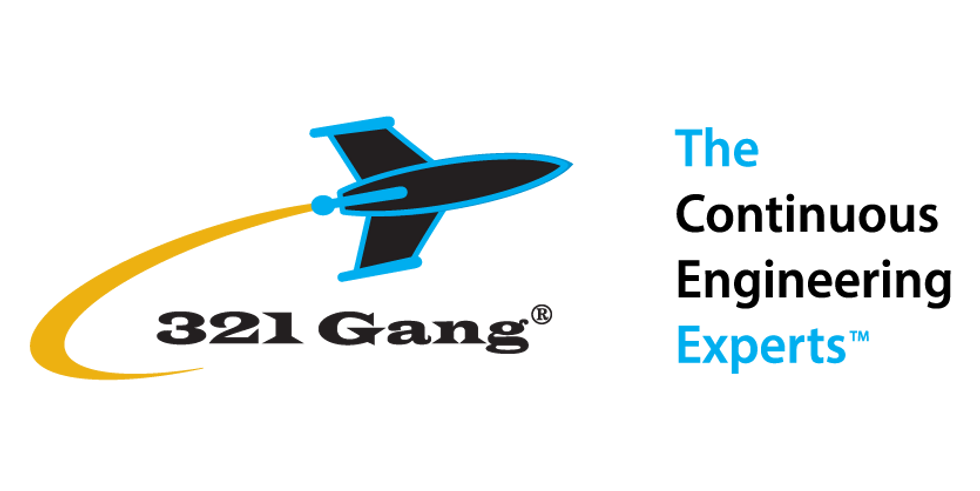Learn How Global Configuration Management and IBM CLM Work Together
This is a sponsored article brought to you by 321 Gang.
To fully support Requirements Management (RM) best practices, a tool needs to support traceability, versioning, reuse, and Product Line Engineering (PLE). This is especially true when designing large complex systems or systems that follow standards and regulations. Most modern requirement tools do a decent job of capturing requirements and related metadata. Some tools also support rudimentary mechanisms for baselining and traceability capabilities (linking" requirements). The earlier versions of IBM DOORS Next supported a rich configurable traceability and even a rudimentary form of reuse. DOORS Next became a complete solution for managing requirements a few years ago when IBM invented and implemented Global Configuration Management (GCM) as part of its Engineering Lifecycle Management (ELM, formerly known as Collaborative Lifecycle Management or simply CLM) suite of integrated tools. On the surface, it seems that GCM just provides versioning capability, but it is so much more than that. GCM arms product/system development organizations with support for advanced requirement reuse, traceability that supports versioning, release management and variant management. It is also possible to manage collections of related Application Lifecycle Management (ALM) and Systems Engineering artifacts in a single configuration.

Global Configuration Management - The Game Changer for Requirements Management
In this presentation we will build the case for component-based requirements management, illustrate Global Configuration Management concepts, and focus on various Component Usage Patterns within the context of GCM 7.0.2 and IBM's Engineering Lifecycle (ELM) suite of tools.
Before GCM, Project Areas were the only containers available for organizing data. Project Areas could support only one stream of development. Enabling application local Configuration Management (CM) and GCM allows for the use of Components. Components are contained within Project Areas and provide more granular containers for organizing artifacts and new configuration management constructs; streams, baselines, and change sets at the local and global levels. Components can be used to organize requirements either functionally, logically, physically, or using some combination of the three. A stream identifies the latest version of a modifiable configuration of every artifact housed in a component. The stream automatically updates the configuration as new versions of artifacts are created in the context of the stream. The multiple stream capability in components equips teams the tools needed to seamlessly manage multiple releases or variants within a single component.
GCM arms product/system development organizations with support for advanced requirement reuse, traceability that supports versioning, release management, and variant management.
Prior to GCM support, the associations between Project Areas would enable traceability between single version of ALM artifacts. With GCM, virtual networks of components can be constructed allowing for traceability between artifacts across components - between requirements components and between artifacts across other ALM domains (software, change management, testing, modeling, product parts, etc.).
321 Gang has defined common usage patterns for working with components and their streams. These patterns include Variant Development, Parallel Release Management, Simple Single Stream Development, and others. The GCM capability for virtual networks and the use of some of these patterns provide a foundation to support PLE.
The 321 Gang has put together a short webinar also titled Global Configuration Management: A Game Changer for Requirements Management, that expands on the topics discussed here. During the webinar we build a case for component-based requirements management, illustrate Global Configuration Management concepts, and introduce common GCM usage patterns using ELM suite of tools. Watch this on-demand webinar now.